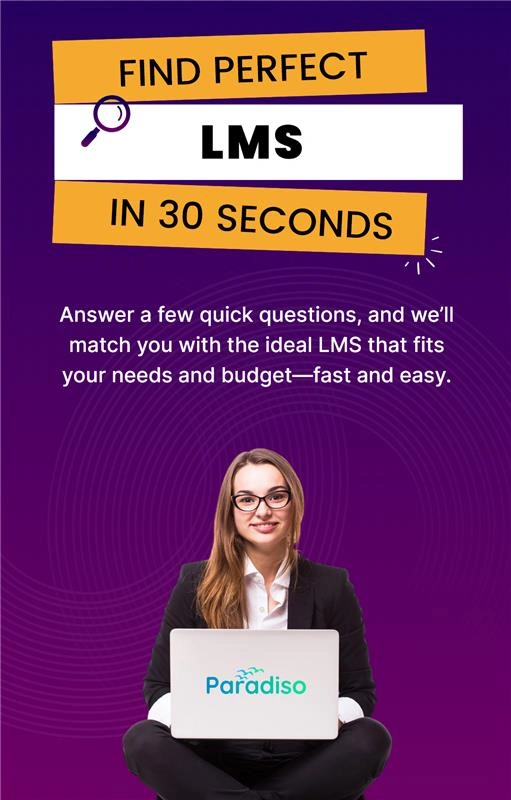Turning Your Multi-Tenant LMS into a Profit Center
One of the most compelling advantages of adopting a Multi-Tenant LMS integrated with Salesforce is its ability to turn your LMS for the Enterprise into a revenue-generating asset. Traditionally, an LMS was considered an internal tool for employee training, but with the right e-commerce features, it can become a strategic profit center. Here’s how:
1. Selling Training and Certifications to Customers and Partners
By integrating an eCommerce solution into your LMS, you can offer training courses and certifications to external customers and partners. This provides a new revenue stream by monetizing technical training, compliance courses, and product certifications. The Salesforce LMS integration ensures that the purchasing process is streamlined, allowing partners and customers to access and pay for training seamlessly through the system.
2. Course Bundling and Upselling
Multi-tenant architecture enables businesses to bundle multiple training courses into packages and offer them as a premium service. For example, companies can sell advanced certification bundles or product-specific training tailored to each customer or partner. These custom bundles can be promoted through the Salesforce LMS and Partner Portal, driving additional sales and revenue.
3. Subscription-Based Learning Models
With the ability to manage multiple tenants, your business can offer subscription-based learning models where customers or partners pay for access to a library of training content. A subscription model allows companies to generate predictable and recurring revenue streams, which are particularly valuable in the long term.
4. Track and Report Revenue Metrics
Salesforce’s reporting and analytics capabilities can be used to track and measure revenue generated from e-learning sales. You can analyze which courses or certifications are most popular and profitable, allowing you to optimize offerings and increase profitability over time.














